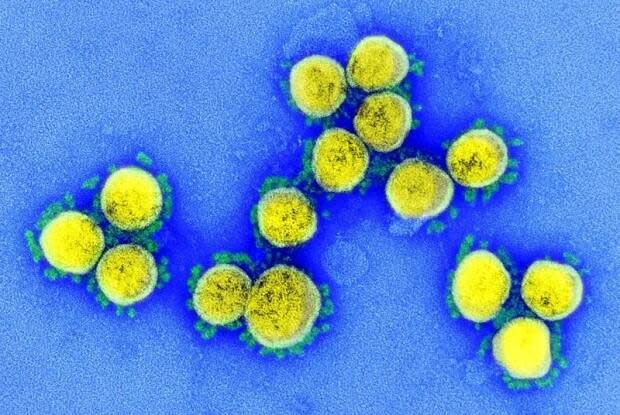What the arrival of the XBB.1.5 Omicron variant means for Saskatchewan

Saskatchewan will likely see a new dominant Omicron subvariant in 2023, according to the province's chief medical officer of health.
Saskatchewan's latest Community Respiratory Illness Surveillance Program (CRISP) report showed that although Omicron subvariants BQ.1.1 and BQ.1 made up the majority of COVID-19 cases identified in the final two weeks of 2022, a new subvariant had arrived.
Dr. Saqib Shahab, Saskatchewan's chief medical health officer, said the two confirmed cases of the XBB.1.5 subvariant are likely just the beginning.
"I'm sure there's more XBB.1.5 around than what we find," Shahab said in an interview with Radio-Canada this week.
The reason why is how Saskatchewan and many other provinces now monitor COVID-19.
The province only conducts genome sequencing on PCR tests, which are not available to the general public.
Most Saskatchewan residents, if they are testing, use rapid tests that don't give experts or the province any indication of what variant or subvariant they are infected with
Other experts say they expect cases of XBB.1.5 to rise rapidly in upcoming CRISP reports.
"With a few cases here in Saskatchewan, we are very likely to see those increased exponentially," said Pamela Dawne, a medical anthropologist at the University of Saskatchewan whose research focuses on infectious diseases.
"I think it will probably follow a path similar to the other variants, but perhaps with greater speed because of the infectiousness of this subvariant itself."

Shahab said he expects XBB.1.5 to become the dominant subvariant in Saskatchewan.
"Over the last three years, every new variant is more transmissible," said Shahab.
An increase in XBB.1.5 would follow a pattern that that has already played around the globe.
Health authorities in the United States and the United Kingdom have predicted that XBB.1.5 will quickly become the dominant strain of COVID-19 in their respective countries.
This subvariant is not expected to cause more severe infections. However, it is likely more transmissible than previous subvariants, meaning it will spread faster.
Despite the likelihood it will become the dominant subvariant in Saskatchewan, do not expect a change in the province's approach.
"What we need to do in response to that is not any different from what we've been doing so far," said Shahab.
"Get the bivalent vaccine, you know, choose to wear a mask and an indoor crowded space. If you're visiting someone at higher risk or if you yourself are at high risk … wear a mask more consistently."
Dawne said the province should be looking at implementing measures rather than taking a wait and see approach. She said it is never too late to act.
"I'm not a proponent of 'let'er rip.' I don't think we should just sit back and let it and let the wave carry us away. I think the public health costs of that are too great," she said.


